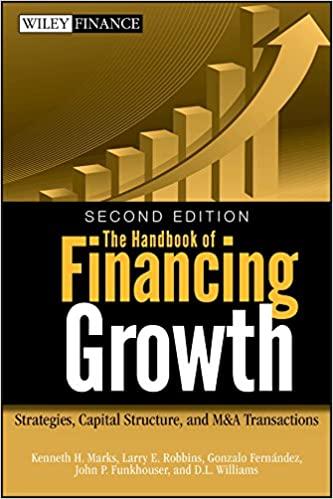
Consider yourself the CFO of ToughNut Corp. Management is considering whether the company should refund its $864,000, 18.00% coupon. 10-ycar bond issue that was sold at par 3 years ago, the flotation cost on this issue was $4, 320 that has been amortizing on a straight-line basis over the 10-year original life of the issue. ToughNut Corp. has a tax rate of 40%, and current short-term rates are 6%. You have collected the following data about the existing bond and the potential new bond issue: The associate financial analyst on the finance team has done some preliminary refunding analysis and submitted the following calculations to you. Consider this as step 1 in the refunding analysis. Assume that the company pays no additional interest on the old issue and earns no interest on short-term investments. Check if the calculations that the financial analyst submitted are correct and match your analysis. Check each box that has a correct value. If a value is incorrect, do not check the corresponding box. Based on the information given to you, solve for step 2 (annual flotation cost tax effects) and step 3 (annual interest savings) by completing the following steps in the refunding analysis. For tax purposes, the flotation cost must be amortized over the life of the new bond, which is 8 years. Thus, the after-tax saving every year for the next 8 years will be _. ToughNut Corp., however, will no longer receive a tax deduction on the flotation cost on the old issue and will thus lose an after-tax benefit of _. The net amortization tax effect on the flotation cost Is the difference between the old and the new issue, which is per year for the next _ years. If the company issues new bonds, the tax savings from amortizing the flotation costs will increase decrease. The annual coupon payments on the old bonds were $155, 520. Thus, the after-tax interest on the old issue is _. The after-tax interest on the new bonds is _. Thus, the net annual interest savings after tax will be _. At the final stage of the refunding analysis, you need to calculate the net present values (NPVs) of the savings and costs and the NPV of the entire refunding operation







